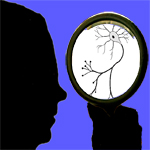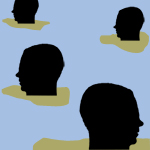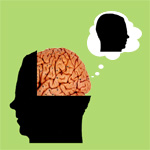 “A unifying neural hypothesis on how individuals understand the actions and emotions of others” was presented to the world in 2004 by neuroscientists Gallese, Keysers and Rizzolatti. Our understanding of other minds, they claimed, is facilitated by “mirror neurons,” so-called because they fire when an individual performs or observes an action, and when she experiences an emotion herself or observes that emotion in someone else. The authors described mirror neurons as a system that enables humans and other social primates to simulate each other’s behaviour and internal states, thereby enabling learning, communication, and prediction of others’ actions.
“A unifying neural hypothesis on how individuals understand the actions and emotions of others” was presented to the world in 2004 by neuroscientists Gallese, Keysers and Rizzolatti. Our understanding of other minds, they claimed, is facilitated by “mirror neurons,” so-called because they fire when an individual performs or observes an action, and when she experiences an emotion herself or observes that emotion in someone else. The authors described mirror neurons as a system that enables humans and other social primates to simulate each other’s behaviour and internal states, thereby enabling learning, communication, and prediction of others’ actions.
Humans are an exquisitely social species. Our survival and success depends crucially on our ability to thrive in complex social situations. One of the most striking features of our experience of others is its intuitive nature. This implicit grasp of what other people do or feel will be the focus of our review. We will posit that, in our brain, there are neural mechanisms (mirror mechanisms) that allow us to directly understand the meaning of the actions and emotions of others without any explicit reflective mediation. Conceptual reasoning is not necessary for this understanding. [Gallese et al, 2004, p 396]
The mirror neuron hypothesis sparked a storm of interest among scientists and philosophers concerned with the human mind. It sparked controversy too, with some researchers cautioning that the data vastly underdetermines the interpretation placed on it, and that animal studies have been extrapolated to conclusions about the human species. This caution is justified, but so is the excitement. The bare facts of what has been discovered so far are hard to reconcile with any hypothesis that could be considered boring, and the current pace of discovery suggests that we will soon know much more. If the Gallese/Keysers/Rizzolatti theory is even approximately right, neuroscience is giving birth to an intellectual revolution with the potential to profoundly change both scientific and common-sense understanding of how our minds work. Continue reading “Mirror Neurons for an “Exquisitely Social Species””




